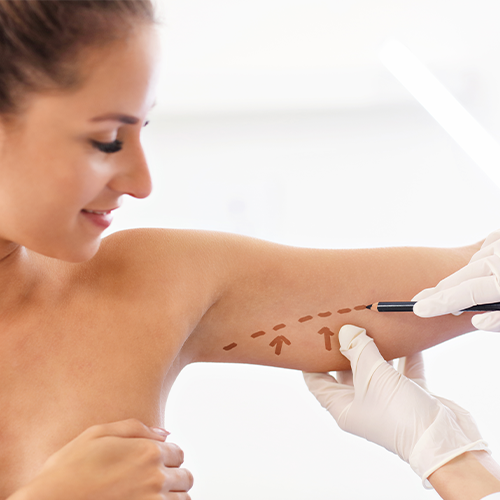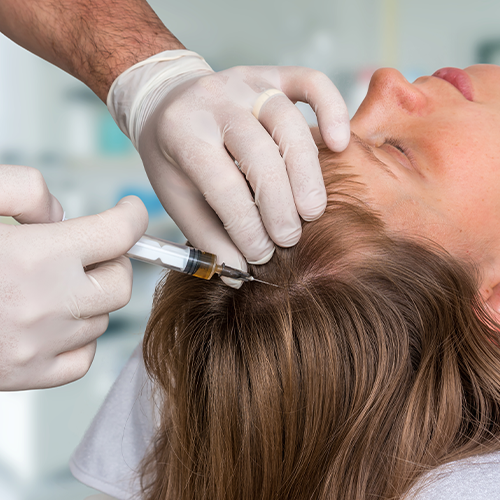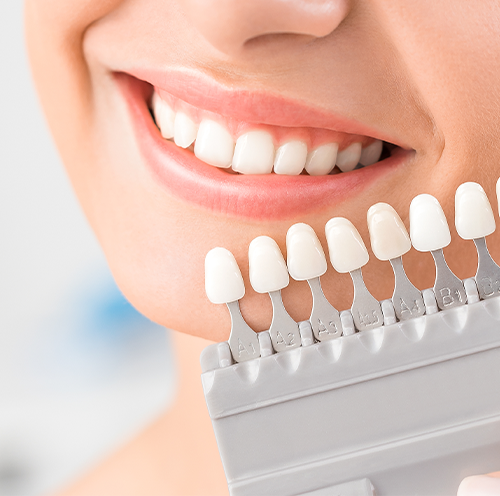
Direct hair transplantation method (DHI) is also known as micro FUE method, uses a combined procedure to implant the grafts that have the hair follicles inside while opening the channel to implant them at the same time. In other methods, the channels are opened separately while the grafts wait in the transplantation solution longer.
Even though the special transplantation solution that keeps the grafts alive is a very effective technique, with this DHI method, the possibility of losing some grafts in the solution is minimized even more. Follicle survival rate will be heightened.
Steps of DHI method
- First examination and analysis of the hair
- Determining the area that needs the transplantation
- Marking the needed area
- Local anesthesia
- Collection of grafts with hair follicles from the donor area
- Incubation of grafts in transplantation solution
- Implantation of the grafts to the balding area
- Post-operational care
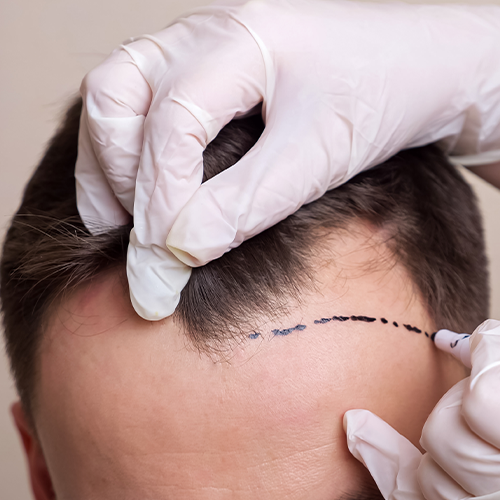 Since the balding area will be replaced with alive and active hair follicles, the doctor should examine the hair follicles first. Usually the new follicles are taken from the back of the head, between 2 ears from the upper neck area. If the abundance of the hair is enough, and if the follicles are also healthy and strong, the doctor will choose the follicles to be transplanted to the desired areas that lack the cells. If the hair follicles are not healthy or strong enough, doctor will recommend other alternative options.
Since the balding area will be replaced with alive and active hair follicles, the doctor should examine the hair follicles first. Usually the new follicles are taken from the back of the head, between 2 ears from the upper neck area. If the abundance of the hair is enough, and if the follicles are also healthy and strong, the doctor will choose the follicles to be transplanted to the desired areas that lack the cells. If the hair follicles are not healthy or strong enough, doctor will recommend other alternative options.
Examination should be done before making any decisions. Patients who have heart diseases or history of cancer are not advised to have hair transplantation. Patients who use blood-thinning medication should consult their doctors and get necessary papers stating that they are suitable to have the hair transplantation operation.
Firstly, the area that will give the active hair follicles will be shaven. Then local anesthetics are applied. Later, the follicles from the active donor area are taken out and put into a special transplantation solution to keep their activity alive. Then the affected area which needs those transplants will be made ready with DHI needles to receive the freshly harvested hair follicles. After transplanting the follicles into their new homes, the operation is done. The shaven area where the follicles were collected is dressed with special ointment which has gold particles. This golden cream keeps the shaven area sterilized and prevents swelling, pain and bleeding.
Recovery after DHI
After the DHI operation, the patient will be called to check in the next day for the first washing. Then the patient is instructed on how to wash the area for 10 days. On the seeded areas, tiny wound crusts will form and then fall naturally as the skin heals. On the 13th day, the formation of crusts will be examined and washed for the last time.
This operation needs a strict follow-up, and the patient needs to check in with the doctor for examination after the operation. The doctor may recommend PRP (Platelet Rich Plasma) treatment alongside with the routine check-ups to ensure the success rate of the DHI operation. Usually 4 sessions of PRP in total are recommended. The growth of the new follicles are able to be seen around the 3rd month after the operation for about 30%. After the 6th month, almost 60% of the hair will be visible. Final results of the operation will be seen around 10 months to a year. In order to grow the hair healthier and stronger, the doctor can recommend supplementary therapies such as PRP (Platelet Rich Plasma) or Mesotherapy.
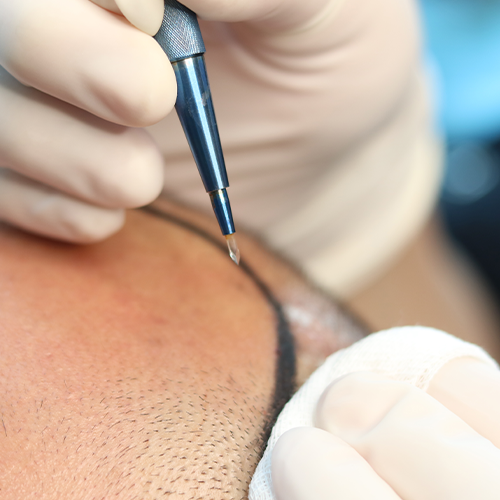
 Average length of stay
Average length of stay Length of stay in hospital
Length of stay in hospital Operation duration
Operation duration Anesthesia
Anesthesia Recovery Duration
Recovery Duration